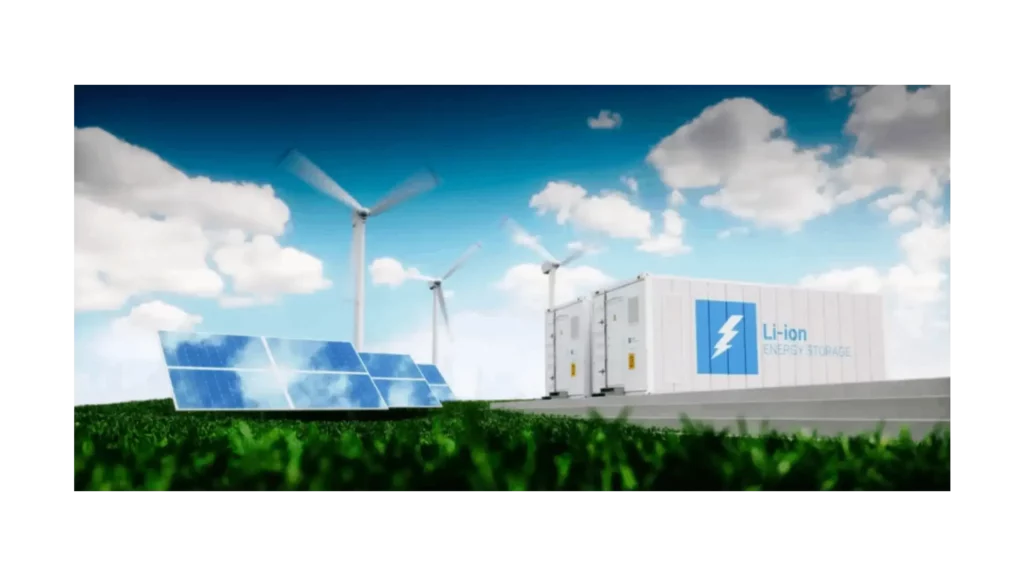Best Energy Storage Technologies
In the quest for sustainability and efficiency, the world is witnessing a paradigm shift towards renewable energy sources.
However, the intermittent nature of renewables like solar and wind poses a significant challenge to grid stability and energy reliability.
The solution lies in energy storage technologies that can store surplus energy when it's abundant and release it when demand peaks.
Understanding the Need for Energy Storage Technologies
Before diving into the intricacies of energy storage technologies, it's crucial to understand why they are essential in today's energy landscape. Renewable energy sources such as solar and wind are inherently variable, producing electricity only when the sun shines or the wind blows.
As a result, excess energy generated during peak production periods often goes to waste if not stored efficiently. Moreover, energy demand fluctuates throughout the day, creating challenges for grid operators to match supply with demand in real time.
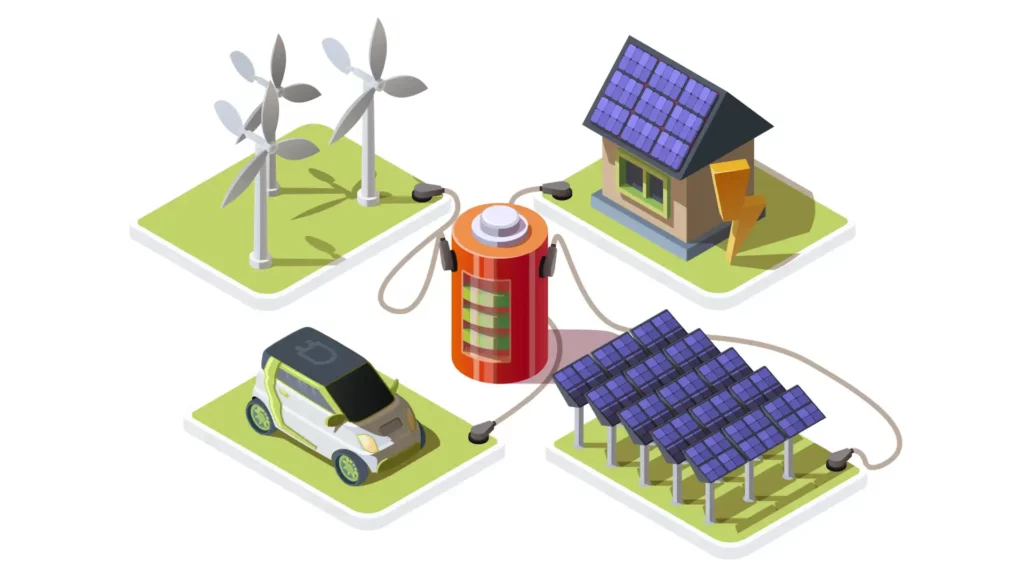
The Importance of Energy Storage Technologies for Grid Stability
Energy storage technologies play a pivotal role in ensuring grid stability and reliability by balancing supply and demand.
They enable the integration of renewable energy into the grid by storing excess energy during periods of high production and releasing it during peak demand.
Additionally, energy storage systems provide ancillary services such as frequency regulation, voltage support, and grid resilience, enhancing the overall stability of the electric grid.
What is the Best Energy Storage Technology
- Lithium-Ion Batteries: Lithium-ion batteries are game-changers in energy storage. They have high energy density, long cycle life, and quick response times. They dominate portable electronics, EVs, and grid-scale storage.
- Pumped Hydroelectric Storage: Pumped hydro storage is an old, popular energy storage option. It pumps water from a lower to a higher reservoir when demand is low and generates electricity when demand is high.
- Flow Batteries: Flow batteries use liquid electrolytes in external tanks, making them scalable and flexible for energy storage. Vanadium redox flow batteries (VRFBs) are popular for their long cycle life and fast response.
- Flywheel Energy Storage: Flywheel energy storage systems use a rotating rotor in a vacuum to store energy. They have high power density and quick response, suitable for short-term energy storage and frequency regulation.
- Solid-State Batteries: Solid-state batteries are the future of energy storage. They have higher energy density, improved safety, and longer cycle life than traditional lithium-ion batteries.
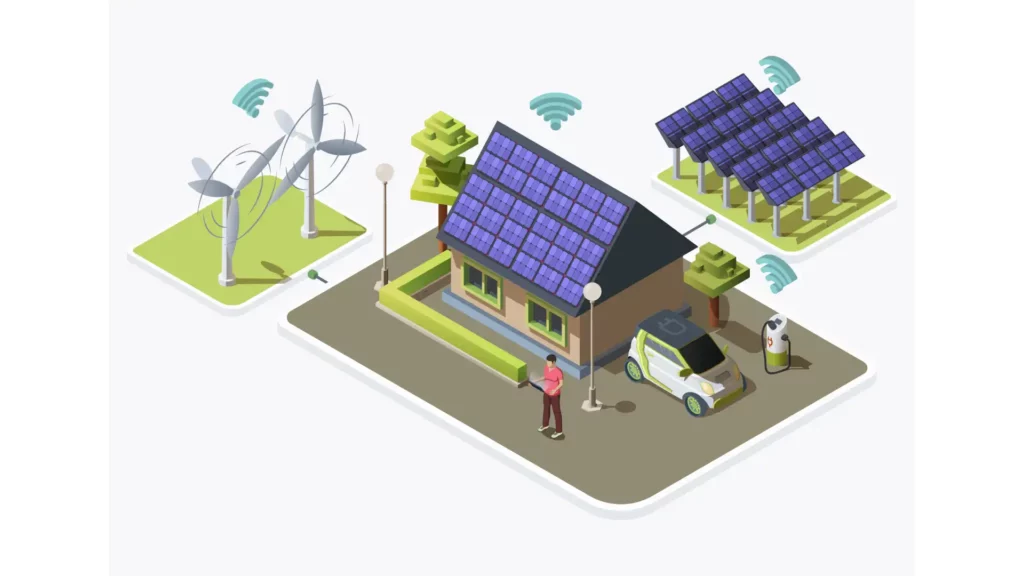
Benefits of the Best Energy Storage Technologies
- Grid Stability and Reliability: Energy storage systems stabilize the grid by balancing supply and demand, ensuring a resilient infrastructure.
- Integration of Renewable Energy: They enable seamless incorporation of renewable sources, reducing reliance on fossil fuels and cutting emissions.
- Flexibility and Scalability: These technologies adapt to various needs, from residential to utility-scale, optimizing energy resources.
- Enhanced Energy Resilience: Energy storage provides backup power during outages, fostering self-reliance and safeguarding critical services.
- Cost Savings and Economic Benefits: They lead to financial incentives by reducing peak demand charges, stimulating economic growth, and creating job opportunities.
- Environmental Sustainability: By displacing fossil fuel-based generation and optimizing materials for sustainability, energy storage contributes to a cleaner, greener future.
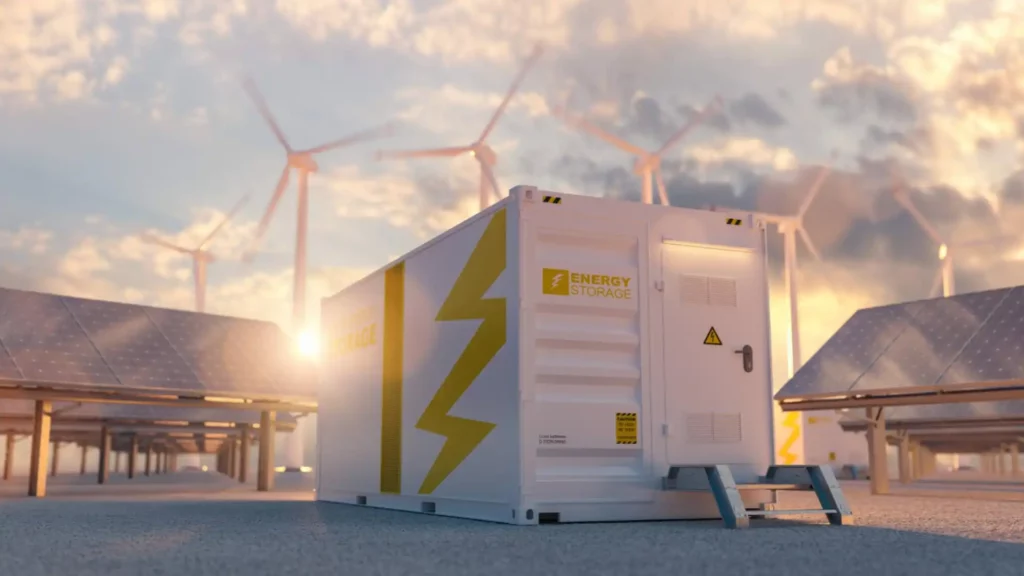
The Role of the New York Battery and Energy Storage Technology Consortium
In the realm of energy storage innovation, collaborative efforts and partnerships play a crucial role in driving progress and fostering advancements.
The New York Battery and Energy Storage Technology Consortium (NY-BEST) stands at the forefront of such initiatives, facilitating research, development, and commercialization efforts in the state of New York and beyond.
- Advancing Energy Storage Research and Development
NY-BEST drives energy storage research and development, uniting industry, academia, and government to tackle challenges and foster innovation in the field. They promote collaboration and the adoption of advanced energy storage technologies.
- Promoting Industry Collaboration and Commercialization
NY-BEST fosters collaboration and support for energy storage solutions. It connects startups, established companies, and research institutions, facilitating partnerships and providing resources to bring research breakthroughs to market.
- Supporting Policy and Regulatory Advocacy
NY-BEST supports energy storage industry growth through research, commercialization, and policy advocacy. It promotes investment, innovation, and deployment of storage technologies through supportive policies, incentives, and regulatory frameworks.
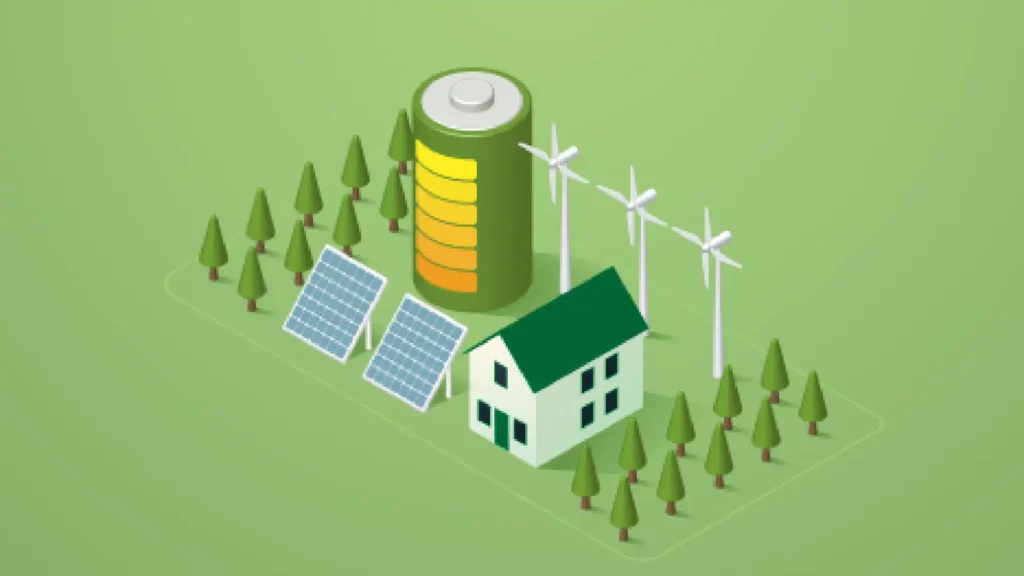
Choosing The Best Energy Storage Technologies
Selecting the best energy storage technology depends on several factors, including:
- Application: The choice of technology varies depending on whether the application requires short-term high-power output (like frequency regulation) or long-term energy storage (like integrating renewable energy).
- Scale: Some technologies are more suited to small-scale applications, while others are only viable at large scales.
- Location: Geographical and environmental considerations play a crucial role, especially for technologies like pumped hydro and compressed air energy storage.
- Cost: Both upfront capital costs and operational costs must be considered in determining the feasibility of each technology.
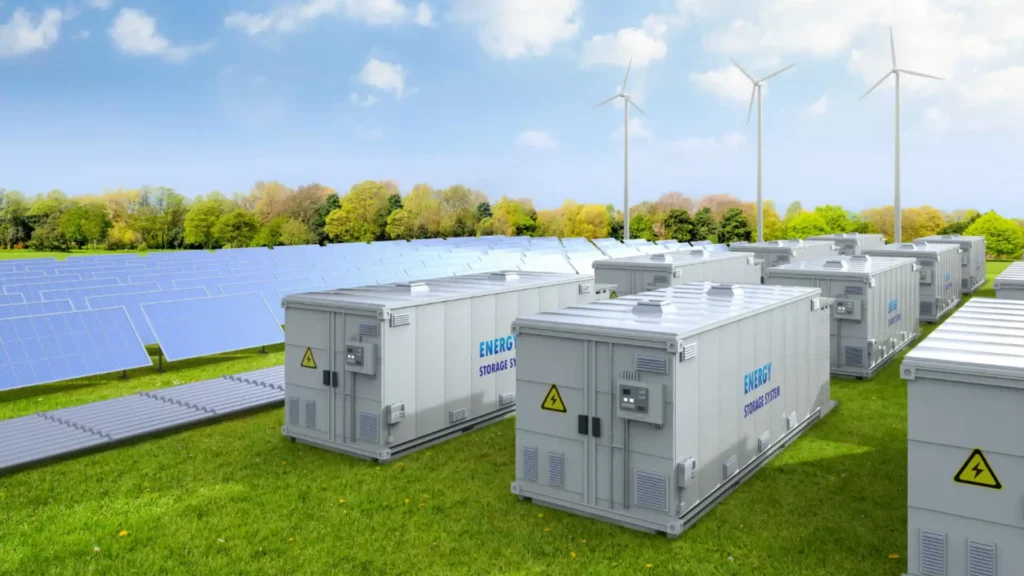
The Future of Best Energy Storage Technologies
- Advancements in Battery Technology
Ongoing research aims to improve lithium-ion batteries and explore alternative chemistries like solid-state, sodium-ion, and zinc-air batteries for enhanced performance and sustainability.
- Next-Generation Flow Batteries
Innovations in electrolyte chemistry and system design are expected to boost the performance and affordability of flow batteries, particularly vanadium redox and non-vanadium chemistries.
- Integration of Artificial Intelligence and Machine Learning
AI and ML technologies are poised to optimize energy storage systems' operation, enabling predictive maintenance, optimal energy dispatch, and adaptive control strategies for improved efficiency and reliability.
- Hybrid Energy Storage Systems
Combining multiple storage technologies such as batteries, pumped hydro, and thermal energy storage offers a synergistic approach to meet diverse energy storage requirements, enhancing flexibility, efficiency, and reliability.
Frequently Asked Questions (FAQs) about Best Energy Storage Technologies
1. What are the key factors to consider when evaluating the best energy storage technologies?
When assessing energy storage technologies, several factors come into play, including energy density, efficiency, cycle life, scalability, cost-effectiveness, and environmental impact. The best energy storage technologies are those that strike a balance between these factors, providing high performance, reliability, and sustainability.
2. How do lithium-ion batteries compare to other energy storage technologies?
Lithium-ion batteries are widely regarded as one of the best energy storage technologies due to their high energy density, efficiency, and versatility. They offer a combination of compact size, fast charging capabilities, and relatively low maintenance requirements, making them suitable for a wide range of applications, from portable electronics to grid-scale energy storage systems.
3. What role does energy storage play in renewable energy integration?
Energy storage technologies play a crucial role in integrating renewable energy sources such as solar and wind into the grid. By storing excess energy during periods of high generation and releasing it during times of high demand or low renewable output, energy storage helps smooth out fluctuations, enhance grid stability, and maximize the utilization of renewable resources.
4. Are there any emerging energy storage technologies on the horizon?
Yes, several emerging energy storage technologies show promise for revolutionizing the energy storage landscape. These include next-generation battery chemistries, such as solid-state batteries, sodium-ion batteries, and zinc-air batteries, as well as innovative storage solutions like gravity-based systems, compressed air energy storage, and hydrogen storage technologies.
5. How do energy storage technologies contribute to grid resilience and reliability?
Energy storage technologies enhance grid resilience and reliability by providing backup power during outages, supporting critical infrastructure, and mitigating the impact of intermittent renewable energy sources. By balancing supply and demand, optimizing grid operations, and providing ancillary services such as frequency regulation and voltage support, energy storage strengthens the overall stability of the grid.
6. What are the environmental benefits of adopting the best energy storage technologies?
The adoption of the best energy storage technologies offers significant environmental benefits by reducing greenhouse gas emissions, minimizing reliance on fossil fuels, and promoting the transition to a cleaner, more sustainable energy system. By enabling greater integration of renewable energy sources and reducing peak demand on conventional power plants, energy storage contributes to mitigating climate change and improving air quality.
7. How can businesses and utilities leverage energy storage technologies to optimize their operations?
Businesses and utilities can leverage energy storage technologies to optimize their operations in various ways, including peak shaving, demand response, renewable energy integration, and grid support services. By strategically deploying energy storage assets, organizations can reduce energy costs, enhance energy security, and increase operational flexibility, ultimately driving greater efficiency and competitiveness.
8. What role do policy and regulation play in the deployment of best energy storage technologies?
Policy and regulation play a crucial role in shaping the deployment and adoption of energy storage technologies by providing incentives, mandates, and regulatory frameworks that support investment and innovation. Measures such as renewable energy targets, tax incentives, and streamlined permitting processes can accelerate the deployment of energy storage systems and facilitate their integration into the grid.
9. How can individuals contribute to the adoption of the best energy storage technologies?
Individuals can contribute to the adoption of the best energy storage technologies by supporting policies and initiatives that promote renewable energy and energy storage deployment, investing in clean energy solutions for their homes and businesses, and advocating for sustainable energy practices in their communities. By collectively driving demand for clean energy technologies, individuals can help accelerate the transition to a more sustainable energy future.
10. What are the economic implications of investing in the best energy storage technologies?
Investing in the best energy storage technologies can have significant economic benefits, including job creation, cost savings, and increased energy security. By reducing reliance on imported fuels, mitigating the risk of price volatility, and enabling greater grid resilience, energy storage technologies contribute to a more stable and sustainable economy while fostering innovation and entrepreneurship in the clean energy sector.
Best Energy Storage Technologies Conclusion
In conclusion, determining the best energy storage technology requires a comprehensive analysis of various factors, including energy density, cycle life, efficiency, response time, and cost-effectiveness.
While lithium-ion batteries have long been considered the frontrunner in many applications, emerging technologies such as solid-state batteries and flow batteries are challenging this dominance with their superior performance and cost advantages.
By carefully evaluating the specific requirements and constraints of each application, stakeholders can identify the optimal energy storage solution that maximizes performance, reliability, and cost-effectiveness.
As the energy storage landscape continues to evolve and innovate, the quest for the best energy storage technology will remain at the forefront of the transition towards a cleaner, more sustainable energy future.
Source
https://www.nrel.gov/news/features/2020/declining-renewable-costs-drive-focus-on-energy-storage.html

